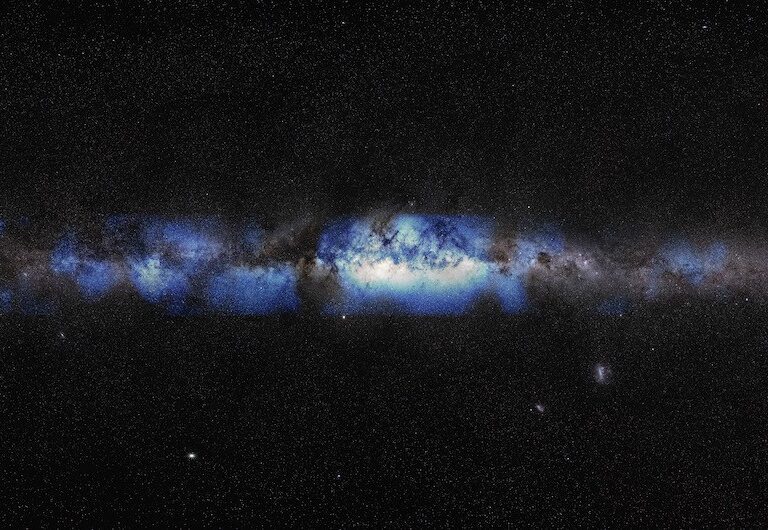For as long as humans have existed, we’ve been able to see the Milky Way at night by observing the light that radiates from its stars—or, in physics terms, by observing the photons the galaxy’s stars emit.
Now, thanks to a scientific experiment led by researchers at universities including Columbia, scientists have for the first time seen the Milky Way in a new way: By observing the high-energy neutrinos it emits.
The new experiment, which was announced this week by the Ice Cube Neutrino Observatory, mapped those neutrinos using a mixture of telescope data and artificial intelligence, to create the first-ever subatomic particle map of our own galaxy.
Neutrinos are among the most abundant subatomic particles in the universe. Despite that abundance, they are not visible to the naked eye, and also have no electrical charge and are thus much more difficult to detect than charged subatomic particles like protons and electrons. The particles interest scientists because better observations of them will offer a deeper understanding of astrophysical phenomena like how stars die, since dying stars emit neutrinos.

